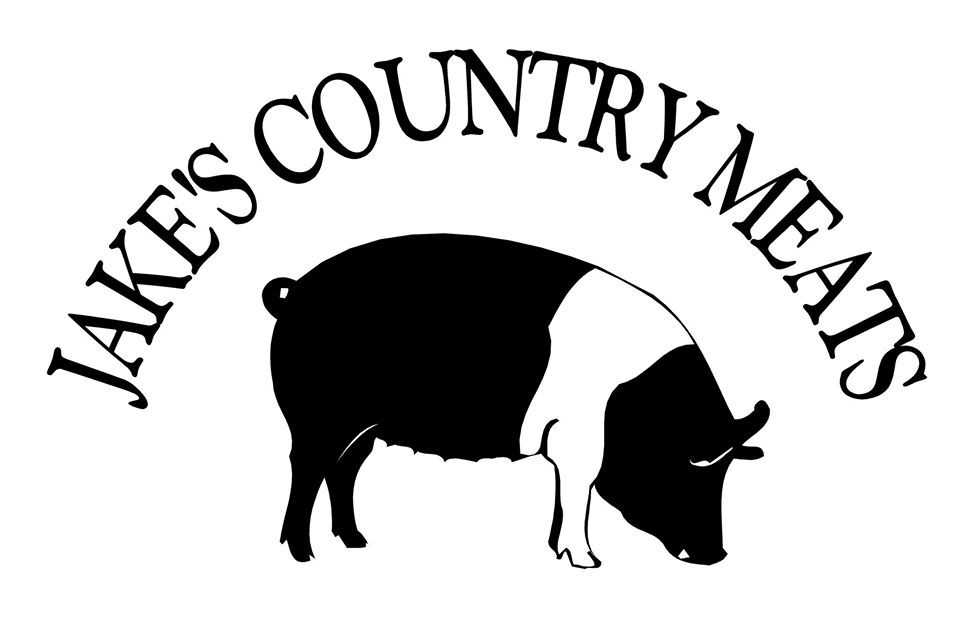Great Lakes Fish
posted on
March 16, 2021
We were happy to see our fishing partners from the North featured in a recent Michigan Country Lines magazine, and couldn't wait to share it with you all. We have been working with Massey Fish Company for many years, and believe their approach to preserving the fish directly after catch, is the best in the business. The fish we receive from the Massey family always looks, smells, and tastes fresh. What makes the difference? According to BJ Massey (one of the sixth generation sons) "We sell what's fresh and plentiful. And we only sell what we'd be willing to eat," said BJ. " And I can tell you this - we're picky."
This crew has been fishing the Great Lakes for, that's right, six generations. That aligns almost exactly with our family and how long we have been farming. We are proud to have Massey Fish Company as one of our partners, bringing you another source of quality food to your table. You can read the full article through this link: Tackling Commercial Fishing With Massey Fish Co.
Our social media has also been chatting about Great Lakes fish which prompted an excellent question from one of our customers:
"I love fish but wonder about our Great Lakes pollution levels, and how safe it is to eat the fish. Can you share the what you know about this subject?"
Measuring the benefits vs. risks of eating any food can be very challenging for a consumer. What we understand, is that there are things you can do to lower your intake of contaminants based on choosing the right species, preparing it properly, and staying informed. The overall consensus of many safe eating studies is that people should stay away from eating large quantities of shark, tile fish, swordfish, and tuna, which are large predatory fish that accumulate contaminants in large quantities. On the other hand, species like whitefish, herring and perch are lower in contaminants and high in Omega-3 fatty acids, which add a great benefit to your body by eating them.
In the Great Lakes, walleye, trout, and catfish are going to be higher in contaminants than whitefish, herring, and perch. Herring are very high in Omega-3 fatty acids per gram of fish than any other species. Remember that our entire food chain is contaminated; from plants to humans. Everything we eat will have contaminants in them, just in varying levels of concentration. There is a benefit to eating some species of fish because the health effects from Omega-3 fatty acids counter-act the effects of contaminants.
Also, fish will carry contaminants other than mercury within their fat. You can lower the amount you absorb by trimming your fish, or broiling/grilling. This technique allows the fat to melt away during cooking, as opposed to frying the fish. Also, due to the Clean Air Act and efforts to reduce pollution, contaminants within the Great Lakes have decreased overtime.



